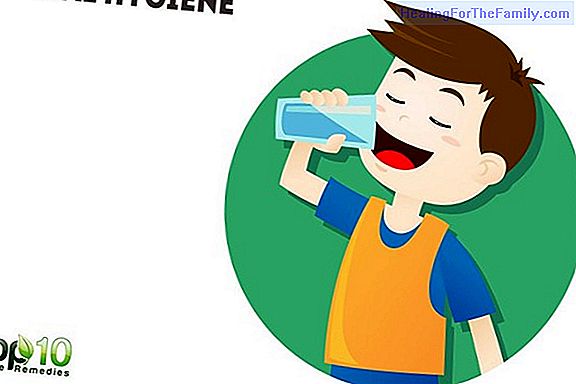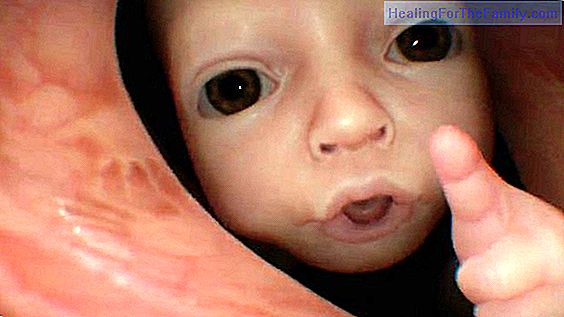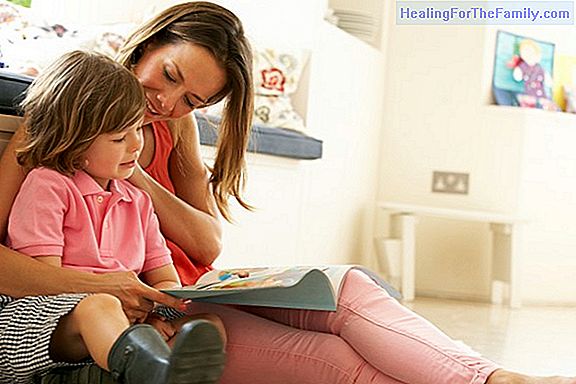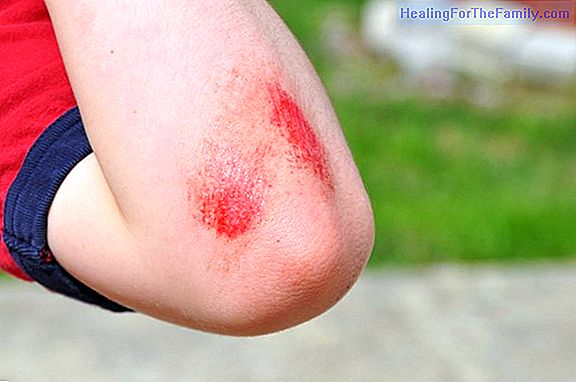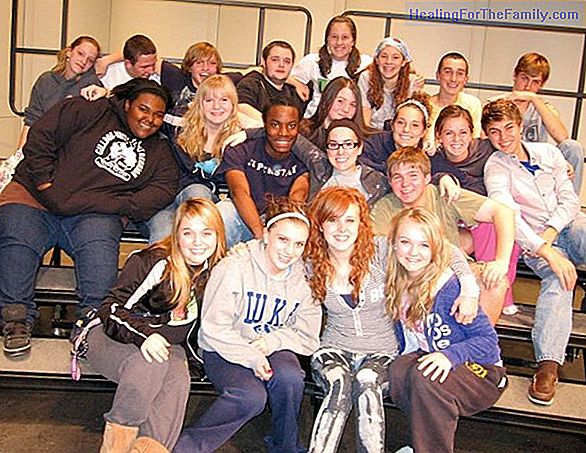How to cure children's flu
Influenza is an infectious disease caused by a virus called Influenza. It affects both adults and children. Like other diseases caused by viruses, the flu has no treatment . All that can be offered to the patient is a symptomatic treatment. We tell you what you can do for your child in case you get
Influenza is an infectious disease caused by a virus called Influenza. It affects both adults and children.
Like other diseases caused by viruses, the flu has no treatment. All that can be offered to the patient is a symptomatic treatment. We tell you what you can do for your child in case you get the flu.
11 tips to treat your child's flu
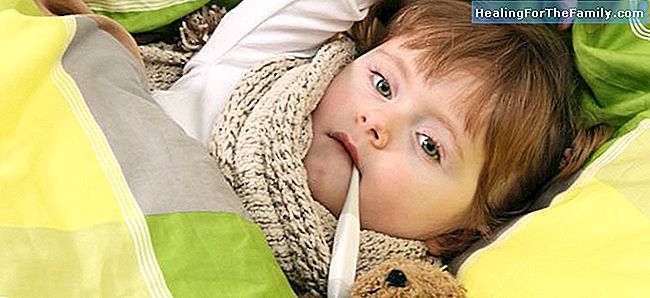
1.Increase hydration, offering small amounts of fluids frequently. The objective is not for the child to drink a bottle of one liter of water in half an hour, but throughout the day take small sips frequently, as this will allow a greater elimination of mucus, as well as an improvement of the general state. It is convenient that these liquids are sugary, since in the flu there is usually loss of appetite.
2.Do not force feeding. When an adult has the flu, he is not forced to eat. In children it should not be different. Small amounts of food can be offered, but without forcing. The obligation will lead to vomiting, and vomiting will put at risk the proper hydration. A child may not eat for several days, but hydration is vital. Acute dehydration appears before malnutrition, and the lack of water in the body can be serious.
3.Symptomatic treatment of fever greater than 38º C with paracetamol or ibuprofen, but only when the child is feeling down, irritable or shivering due to fever. We must not forget that fever is a defense mechanism of our body that causes the influenza virus to reproduce much more slowly in our body. We must treat the symptoms of our children, not treat the thermometer. The viruses are wishing us to run out of fever, because for the flu it is easier to continue the infection when our body temperature is normal. If our son is happy, play, jump and smile, do not chase him with the syringe in his hand to give him the syrup. The goal is not to run out of fever, it is to get rid of the uncomfortable and annoying symptoms that sometimes accompany fever.
4.Under no circumstances should acetylsalicylic acid be administered to treat fever in the flu, due to the risk of developing an infrequent but very serious syndrome.
5.Keep the headboard of the bed or cradle discreetly raised so you can breathe easier. This position generally helps to reduce nasal congestion.
6. Perform washes with saline from the nasal passages frequently, especially 15-30 minutes before offering food. The goal is to be able to breathe through the nose with less effort while eating. 7.
Increase the ambient humidity, either with a cold or hot humidifier, or by placing a water container near a heat source (stove, fireplace or heater). Some children improve by increasing the humidity in the house, although not all.8.
Never smoke in front of your child when you have the flu.In fact, never smoke at the home you share with your children. 9.
Do not administer any cough medicine.Cough is another useful and necessary defense mechanism to be able to cure well of the flu. If we stop coughing, it is most likely that the mucus is retained in our lungs and the picture gets worse. 10.
Do not administer any medication known as mucolytics. Scientific evidence has not shown that they are more useful than drinking water. Therefore, before equality of effectiveness, better water. 11.
Do not give or ask your pediatrician for antibiotics.Antibiotics only serve to cure infections caused by bacteria, but influenza is a virus. Only in cases of bacterial superinfection is it indicated to administer an antibiotic. Finally, there is a medication to treat the flu, which many of you will know by its trade name: Tamiflu®. It has limited efficacy and important side effects, so it should always be prescribed by a pediatrician solo and only in certain cases. At present, the popular wisdom regarding the flu is still valid, and that is that it takes time to heal: 'with treatment, a week; without treatment, seven days'.



